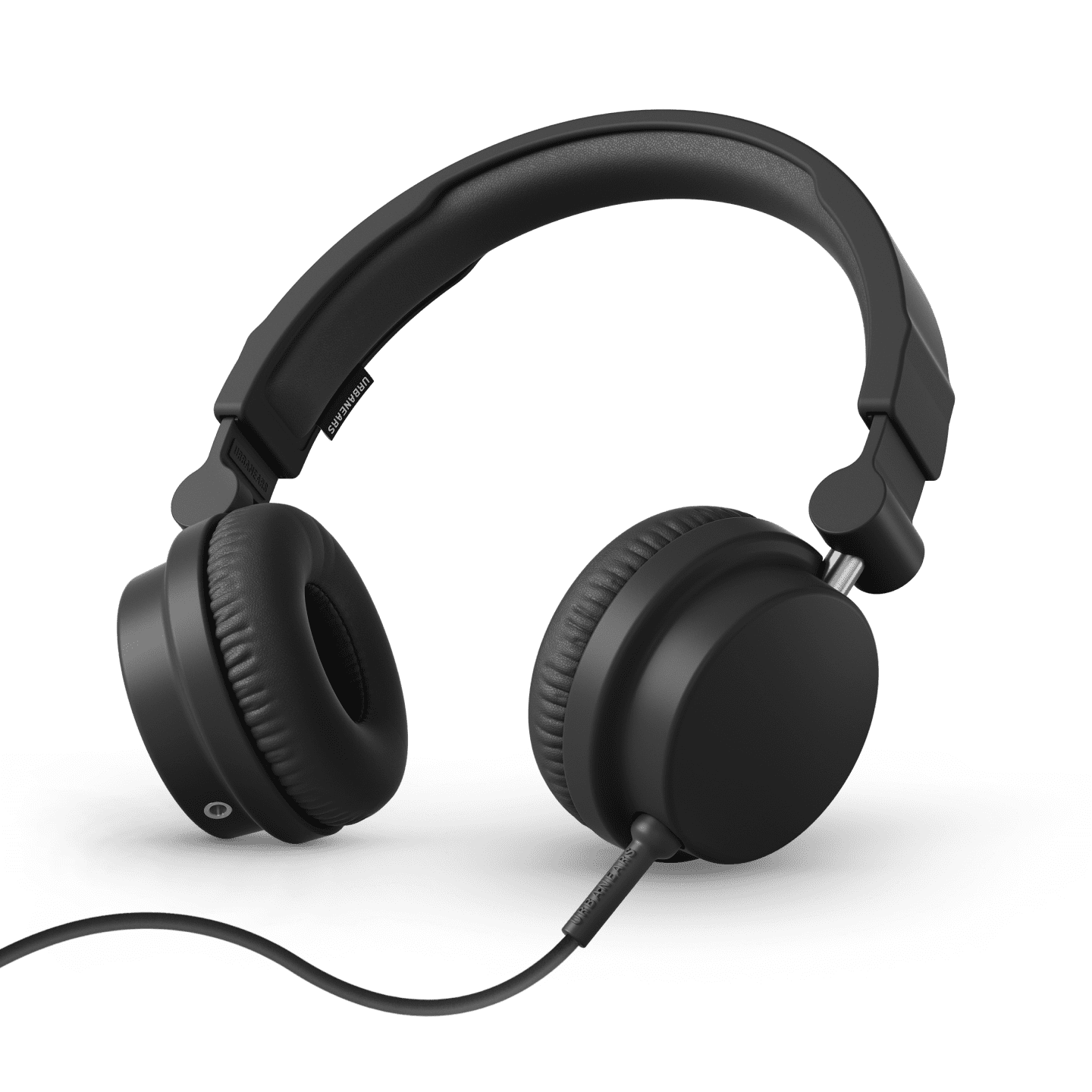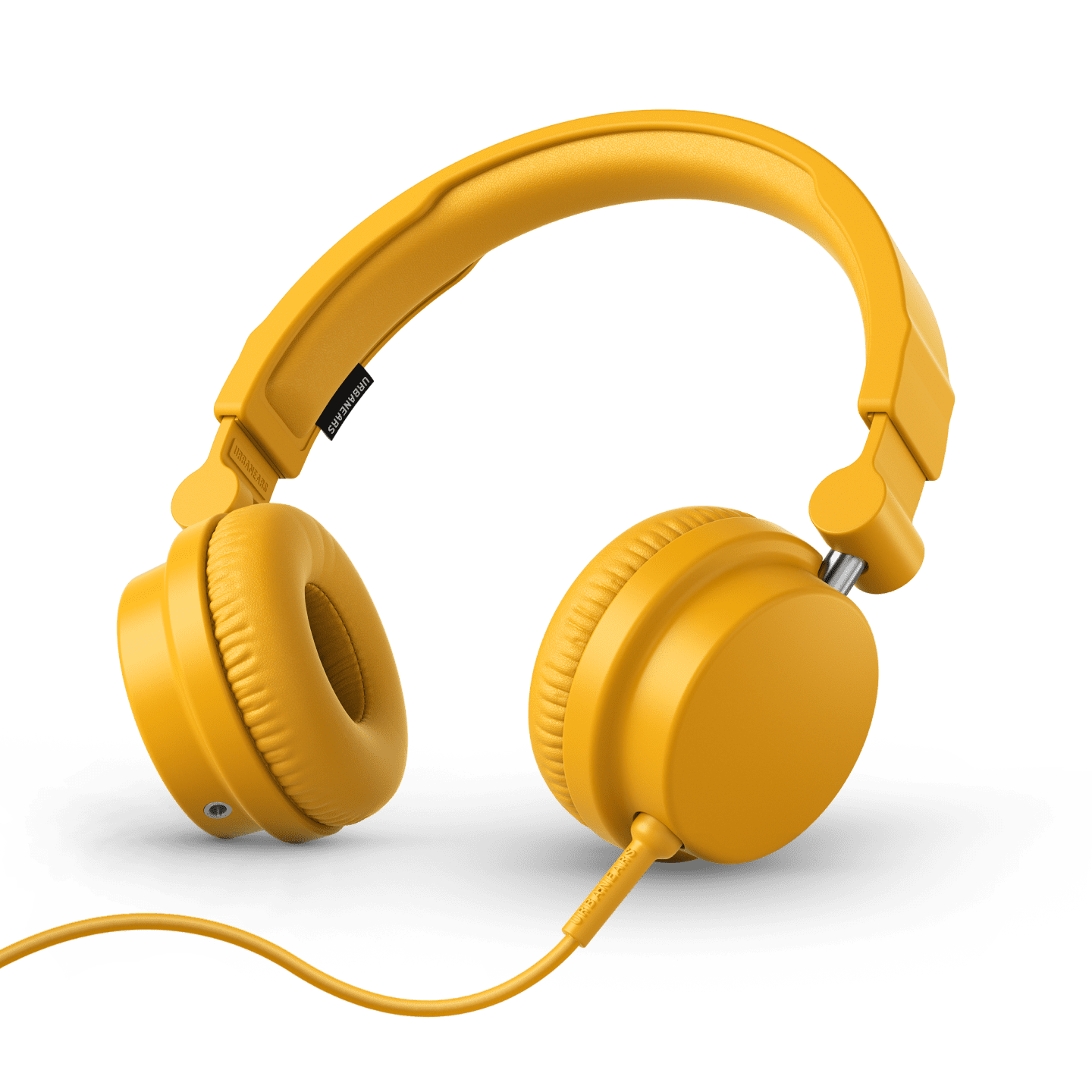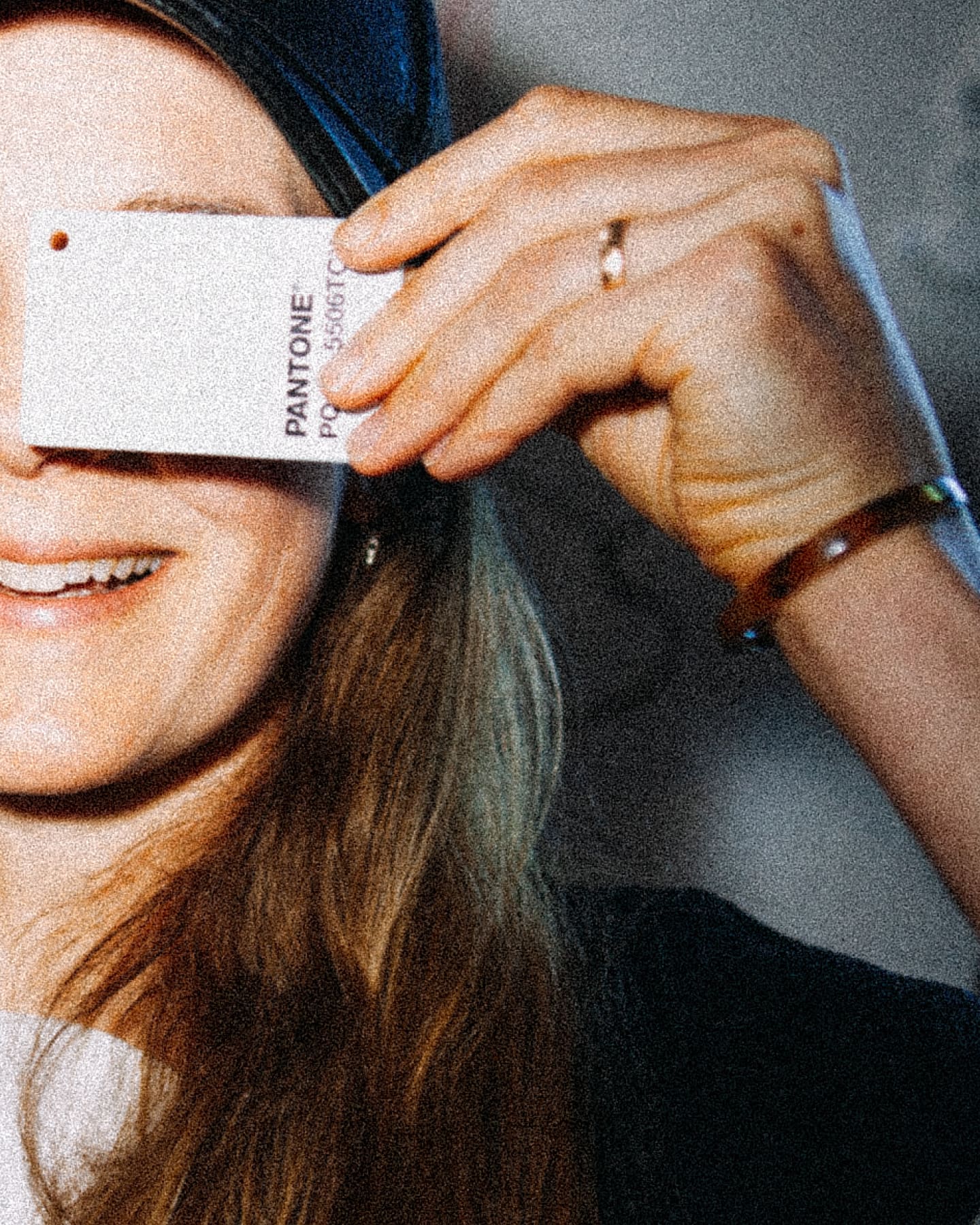Discount
Shipping
null
Shipping Discount
- ¥ 0.00
Total
¥ 0.00
Delivery within
null
Orders are shipped from our warehouse in the bonded area Shenzhen, China.
Warehouse opening hours: Monday through Friday, except holidays, from 8:30 a.m. to 5:30 p.m. CST.
Orders placed before 12:00 p.m. (mid-day) will be processed and shipped out the same day. Orders placed after 12:00 p.m. will be processed and shipped out in the next business day. Once your package has been processed, it is ready for shipment and you will receive a shipping confirmation email confirming the number of days the shipping carrier needs to deliver your package.
Below you will find an estimate of the number of working days (Mon-Fri) required to ship our products to you. This estimate starts from the moment you receive the shipping confirmation email with your tracking number. Delivery time depends on the delivery location and we will be able to deliver the shipment to most major metropolitan areas within the estimated range, however, to other areas (remote location), in very rare occasions, it could take up to 3 weeks to deliver the products.
There will not be any additional charges as orders are shipped according to Incoterm Delivered Duty Paid (DDP). This means that we collect and pay any import duties that may be charged in designated country of delivery. Any additional import charges will be covered by us for custom clearing in order to deliver your package. Please contact us through the chat or contact form for more information if you are unsure what this means to you.
Warehouse opening hours: Monday through Friday, except holidays, from 8:30 a.m. to 5:30 p.m. CST.
Orders placed before 12:00 p.m. (mid-day) will be processed and shipped out the same day. Orders placed after 12:00 p.m. will be processed and shipped out in the next business day. Once your package has been processed, it is ready for shipment and you will receive a shipping confirmation email confirming the number of days the shipping carrier needs to deliver your package.
Below you will find an estimate of the number of working days (Mon-Fri) required to ship our products to you. This estimate starts from the moment you receive the shipping confirmation email with your tracking number. Delivery time depends on the delivery location and we will be able to deliver the shipment to most major metropolitan areas within the estimated range, however, to other areas (remote location), in very rare occasions, it could take up to 3 weeks to deliver the products.
There will not be any additional charges as orders are shipped according to Incoterm Delivered Duty Paid (DDP). This means that we collect and pay any import duties that may be charged in designated country of delivery. Any additional import charges will be covered by us for custom clearing in order to deliver your package. Please contact us through the chat or contact form for more information if you are unsure what this means to you.
Return policy
Of course you can return your Urbanears product if you are unhappy. We offer a 30 day return policy to all our customers.
When exercising your right of withdrawal, you as the customer are responsible for the return shipping. The cost of the item will be reimbursed from us.
Read more about our Return policy here.
When exercising your right of withdrawal, you as the customer are responsible for the return shipping. The cost of the item will be reimbursed from us.
Read more about our Return policy here.
Safe payments
Your security is important for us. All transactions on this website are processed using Adyen, a secure online payment gateway that encrypts your card details in a secure host environment.
Adyen is fully PCI Level 1 (the highest level) compliant and monitored by Trustwave, an ASV and a QSA for the Payment Card Industry Security Standards Council. This means we hold to the highest industry standards for data protection and network security, and card data is safe with us.
Adyen is fully PCI Level 1 (the highest level) compliant and monitored by Trustwave, an ASV and a QSA for the Payment Card Industry Security Standards Council. This means we hold to the highest industry standards for data protection and network security, and card data is safe with us.
Read about our Terms of purchase policy here
Japan / English









